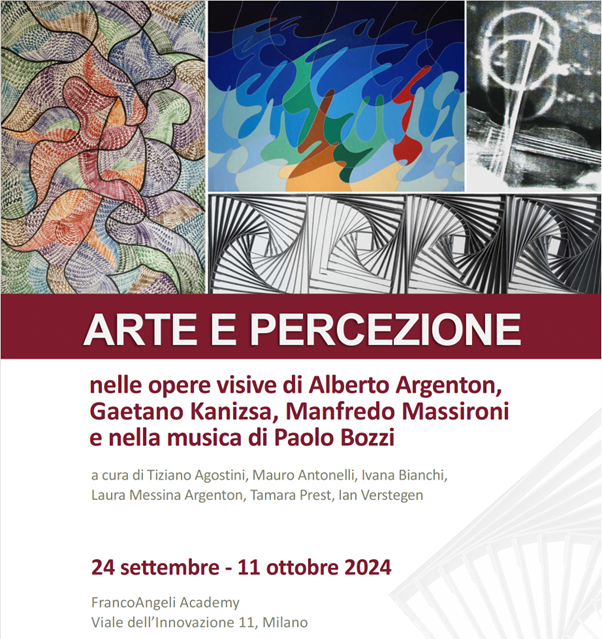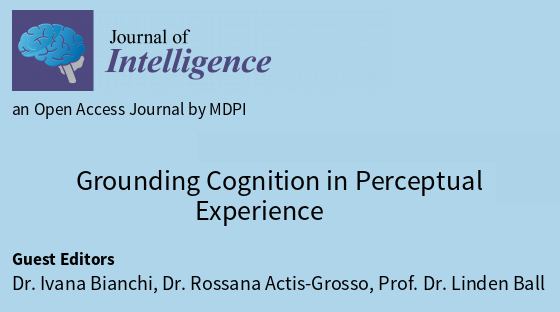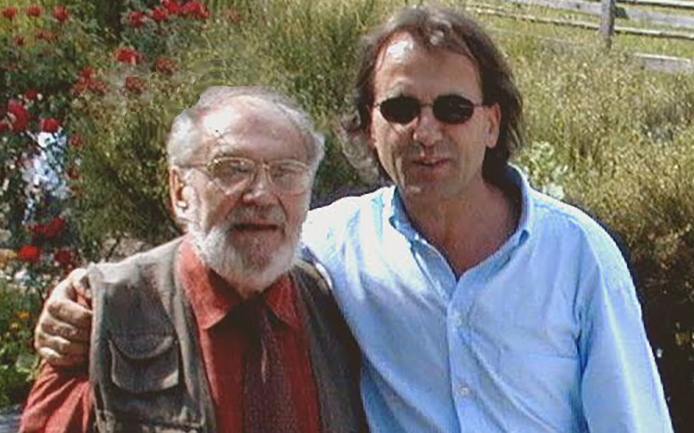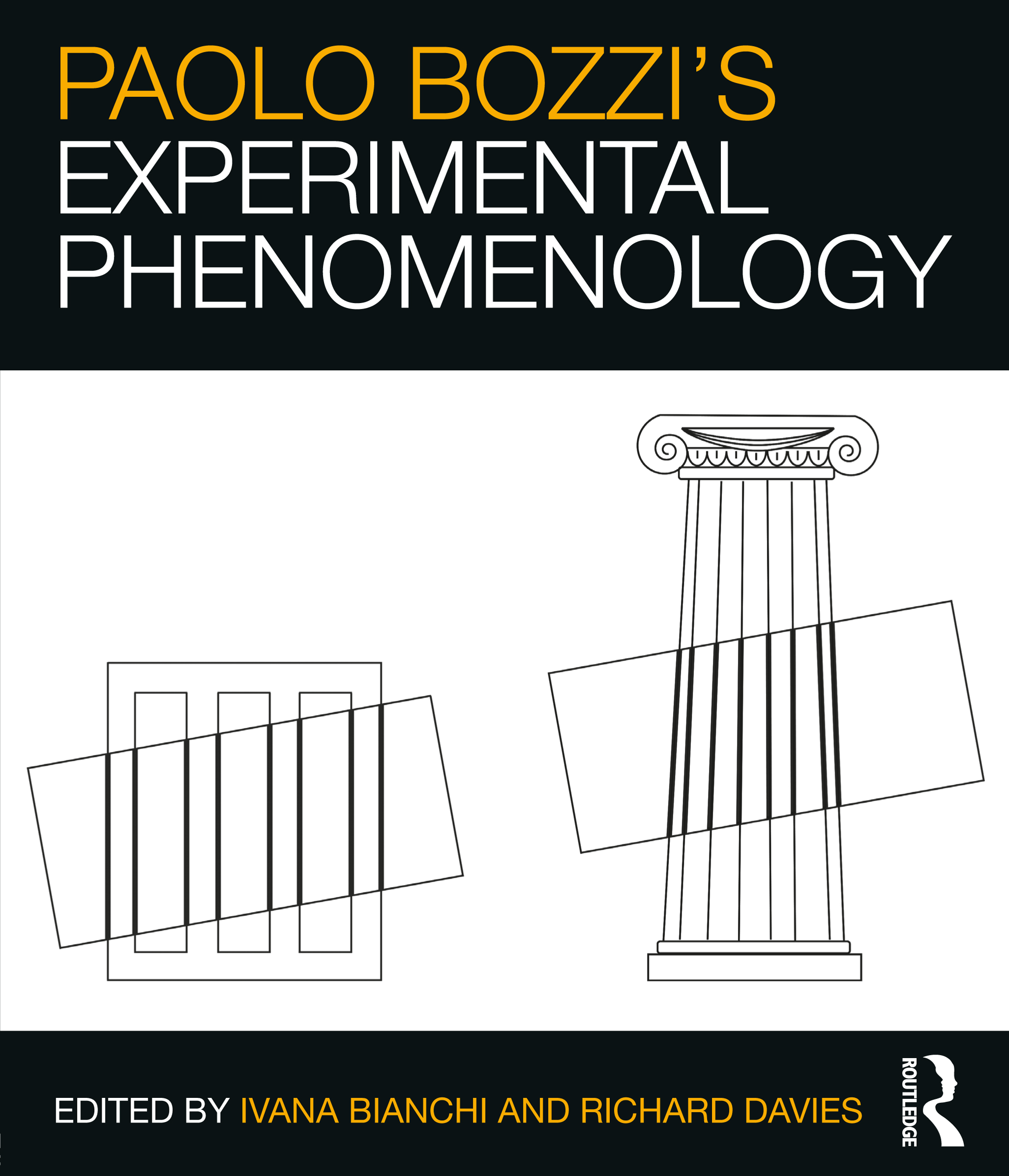IN EVIDENCE

ARTE e PERCEZIONE
The exhibition presents a selection of visual artworks by Alberto Argenton (1944-2015), Gaetano Kanizsa (1913-1993) and Manfredo Massironi (1937-2011), accompanied by the music of Paolo Bozzi (1930-2003). They were professors of psychology who were active at the Universities of Padua (Argenton), Trieste (Bozzi and Kanizsa) and Verona (Massironi). In their scientific research, they focused on the study of the perceptual aspects of human experience and behavior, based on an approach which can be traced back to Gestalt Psychology – that was one of the cornerstones of Italian psychology in the second half of the twentieth century – and to the Psychology of Art, following the theoretical principles of the founding fathers of both disciplines (Max Wertheimer, Kurt Koffka, Wolfgang Köhler, Wolfgang Metzger, and Rudolf Arnheim). The four scholars also cultivated their own artistic research systematically, albeit with individual differences, and they shared their creations through exhibition activities or concerts. In some respects, their lives testimony not only the need but also the intent to embrace the scientific and artistic cultures at the same time: both by studying art through the scientific apparatus of Gestalt phenomenology (in which Argenton and Massironi were more systematic), and by creating art with mindful attention to perceptual aspects of the artwork. The exhibition is structured by themes, corresponding to some of the many perceptual phenomena studied in psychology, namely AMODAL COMPLETION, COMPLETION BY FRAME, ANOMALOUS FIGURES, PERCEPTUAL TRANSPARENCY, CONCAVITYCONVEXITY, and GOOD CONTINUATION. These themes appear in the captions next to the artworks and guide visitors in their observation but with a caveat: the works in the exhibition are not to be understood as demonstrations of the above perceptual phenomena; in them they can be found with the freedom of artistic invention, just as they are in the production of many other artists, being phenomena universally present in all domains of reality. The psychologist artists in this exhibition share an epistemological approach aimed at observing perceptual facts, phenomenal reality. Perception is the process of selecting and organizing stimuli from the external world. It is the primary process for orienting oneself in the world and is the foundation and driver of cognitive activity. However, due attention is not frequently given to perception in the reading of artistic work. But being aware of it and learning to observe art, as it offers itself to our phenomenal experience, is also vital to learn to perceive reality, to grasp its expressive qualities, to reason about perceptual facts, to exercise creativity and invent new realities (scientific and artistic).

Grounding Cognition in Perceptual Experience
Special Issue Journal of Intelligence, 2024
The aim of this Special Issue was to put forward a multifaceted reflection on the relevance of perceptual experience in affecting and modeling various aspects of cognitive performance. In our title, we explicitly chose to refer to perceptual experience (i.e., “Grounding cognition in perceptual experience”) rather than simply using the more familiar expression “Grounding cognition in perception”. This is because the latter approach has been characterized by a predominant focus on brain activity, whereas our aim here was to complement this valuable mainstream line of research with a different perspective that we also consider valuable. This perspective revolves around the question of what a phenomenological approach to
investigating the relationship between perception and cognition might be able to contribute to current research. We looked for answers to this question in a broad framework, covering a wide range of topics. How does perceptual experience contribute to the way in which we conceptualize experience? How is perceptual experience reflected in linguistic configurations? In what ways does perception influence people’s judgments, their unfolding reasoning process, and their memories? Each of the 13 papers in this Special Issue provides answers to these questions from a unique point of view.
Manfredo Massironi e le sue ricerche visive insieme al gruppo N sono state al centro della memorabile mostra “L’occhio in gioco. Percezione, impressioni e illusioni nell’arte“, organizzata dall’Università di Padova Presso il Palazzo del Monte di Pietà (24.09.2022- 26.02.2023) per celebrare gli 800 anni dell’Università di Padova.




